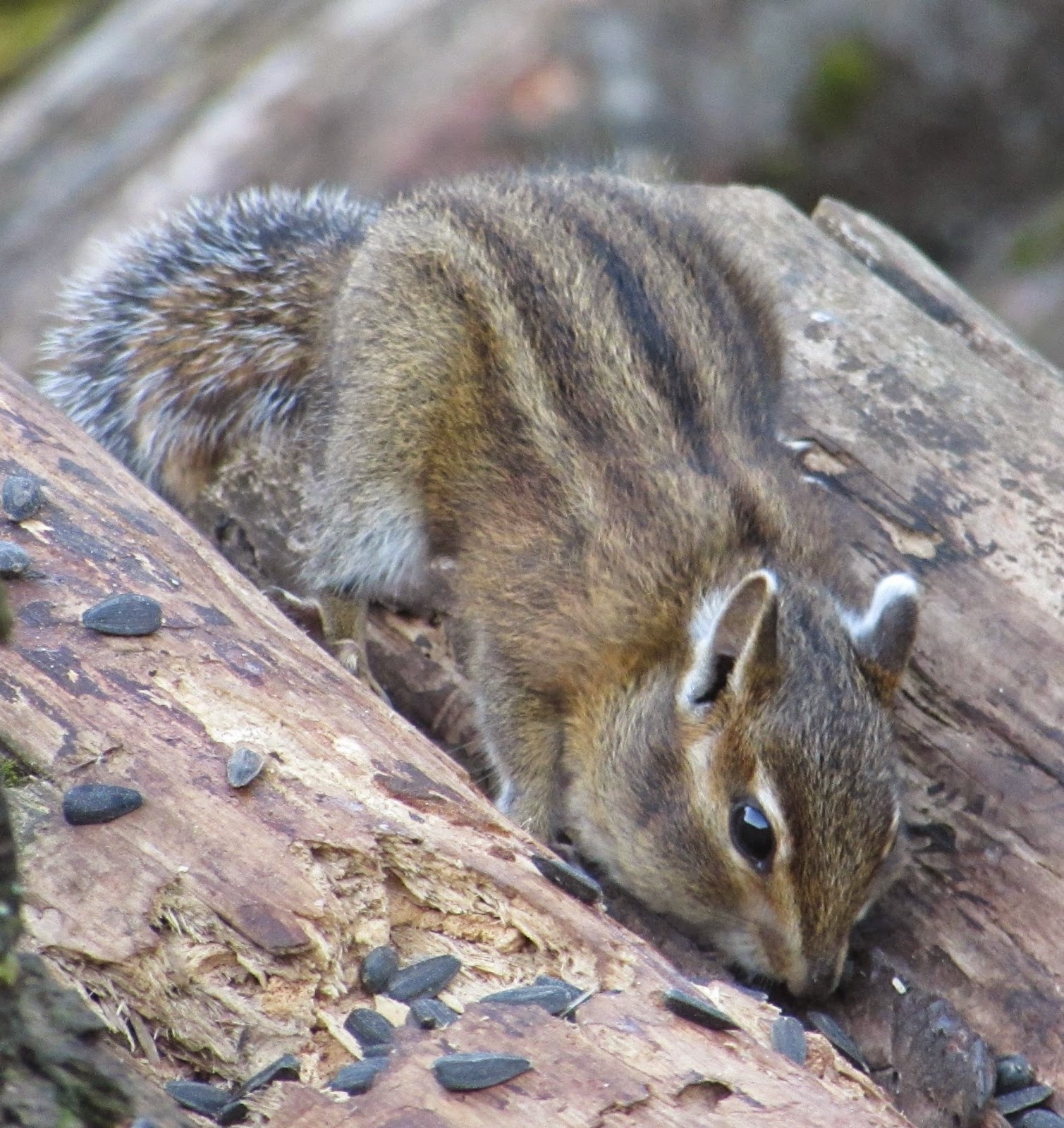
Spending a few months asleep may be a good way to get through the winter, but it’s not without its risks. They have to raise their body temperature periodically, slowly raising it when it becomes time to eat from caches like the ones I watched them store. Bats naturally wake up a few times each winter to drink and perform other bodily functions, but most of the time they’re out like lights.Īnd what about the chipmunks I studied? As chipmunks hibernate in their burrows, their heart rate declines and their body temperature lowers until it becomes as cold as the temperature in the burrow. Their metabolism slows down and their body temperature is just a few degrees above air temperature. Hibernating bats may not even take a breath for up to an hour. But unlike bears, bats go into true deep sleep hibernation with a heart rate as low as ten beats per minute (it’s normally closer to 300-400 beats per minute!). While they hibernate, they can survive on just a few grams of stored fat for five to six months. Like bears, bats store up body fat before they begin to slow down their activity and go into hibernation. They hibernate in caves, cavities of trees, old mine shafts and wells, or even in attics. Some bats also hibernate, particularly those in northern areas where insects are scarce in winter. Projects like Defenders’ electric fencing initiative are essential to keep these animals safe and out of trouble. Since they are desperate for food both before and after they hibernate, fall and spring are the times where bears are most at risk of getting into conflict with humans over what they see as easy food sources. Having not eaten for months, these newly-awoken bears are hungry, and some have new cubs to feed as well. In the spring, bears begin to emerge from their dens as the temperature warms up and food becomes more available (though in some places, this is happening early). For female bears that level of fat is especially important because they will give birth in their dens during hibernation, and spend months nursing their cubs without eating anything themselves. While they’re hibernating, bears live off fat that they build up during the summer and fall months. But they do cut their breathing rate from 6-10 breaths per minute to one breath about every 45 seconds, and their heart drops rate from 40-50 to just 8-19 beats per minute.

This gives them the ability to warm up more quickly in response to danger. During hibernation, bears don’t decrease their body temperature as much as some other hibernating species. They generally begin hibernating in September or October and emerge six to seven months later around April. There are several animals that hibernate– skunks, bees, snakes, and groundhogs to name a few– but bears and bats are the most well-known.īears enter their dens for hibernation based on changes in the weather. Although hibernation always happens in winter, many different things can act as the actual trigger for animals to start, including temperature drops, decrease in food availability, changes in day length and hormone changes. Usually, before they go into hibernation, the animal has to increase its body fat to survive, which means eating much more than usual in the months leading up to winter. Many animals have to find or create that perfect, safe spot to bed down for months at a time, whether it’s a cave, a hollow tree, or a den dug into the ground. It can be a lot of work, getting ready to hibernate.

Their body temperature decreases, their breathing slows, and their metabolic rate drops. Although there are various degrees and duration, hibernation always involves certain changes for animals. But hibernation isn’t as simple as going to sleep for a couple of months.

There are several ways that animals respond to winter: they migrate, adapt or hibernate. Then as the days got shorter, the temperature got colder and they had cached an ample supply of food, they were gone-hibernating. I spent my early mornings and breaks between class sitting in the woods and watching as these industrious creatures stepped up their food-gathering. Fascinated with animal behavior and questions like how animals prepare for winter, I decided to observe the Eastern chipmunk ( Tamias striatus) in the fall leading up to its winter hibernation. As an undergraduate, I was required to complete an independent study, and as a biology major interested in field biology, I knew my study would take me outside. Little did I know at the time that my curiosity would be the start of a long career as a wildlife biologist. When you look out your window in the dead of winter do you ever wonder why you don’t see much wildlife? When I was in college, that question intrigued me.


 0 kommentar(er)
0 kommentar(er)
